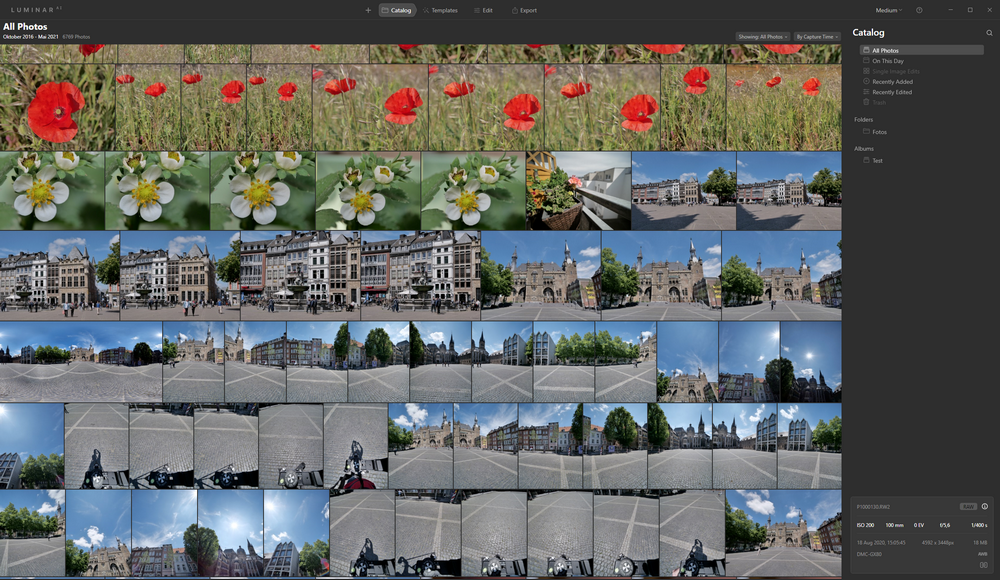
You can click on it to expand it, revealing a bunch of additional sliders. Perhaps you noticed a small tab named Background in the first image of the Bokeh AI panel.

Like this: Hover over the image to highlight the masked area Background To make it easier, Luminar AI highlights the unblurred area when you hover over your image with the Bokeh AI panel open. You can change the brush size with Radius and fine-tune the brushing with Softness and Opacity.

When I pushed the slider all the way to the right (100), the background became beautifully blurred. Pay attention to the amount of detail in the background in the image below. Conversely, moving it to the left “unblurs” the background. In other words, moving the slider to the right blurs the background in your images. The amount slider controls the strength of the bokeh effect. Now, let’s break down this tool as it has quite some features that you need to understand to take full advantage of its power. And you’ll be able to get to work immediately.

If you come back to the same images later, it will instantaneously load the depth map. During this time, Bokeh AI creates a depth map for that image. When you open it for the first time for that image, it will take a couple of seconds to process it (the Luminar AI logo in the top left will be glowing).


 0 kommentar(er)
0 kommentar(er)
